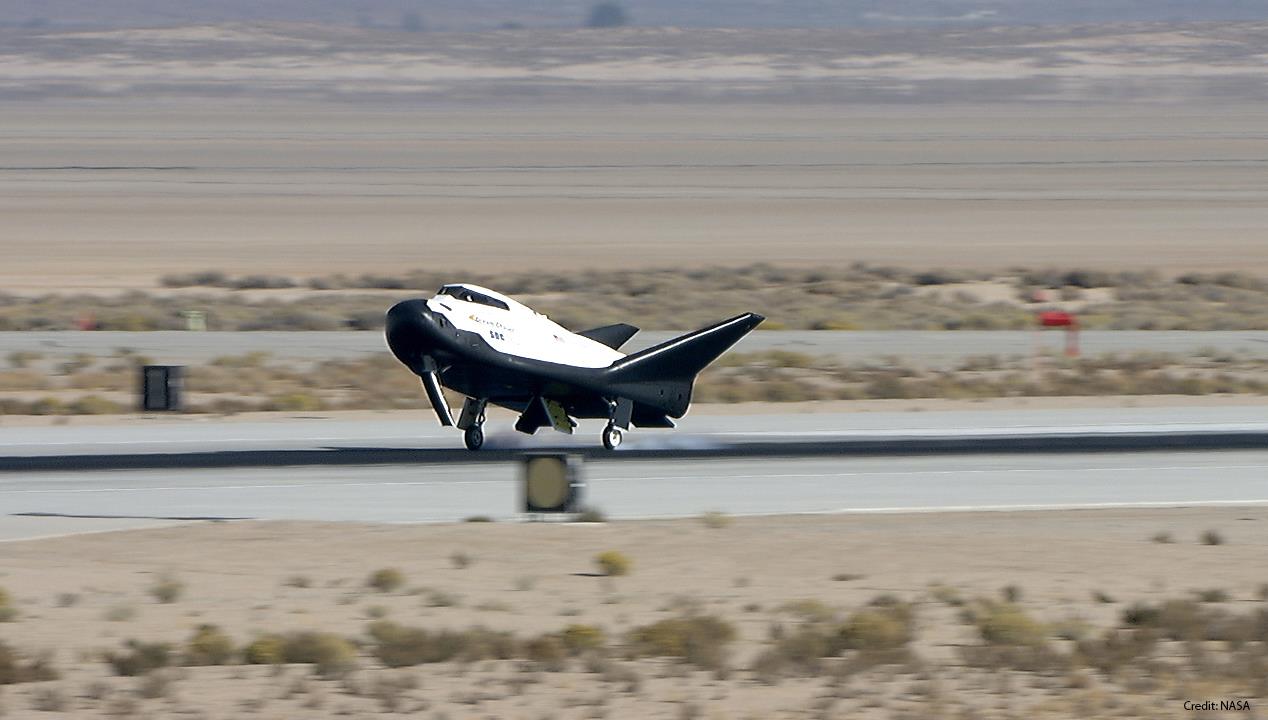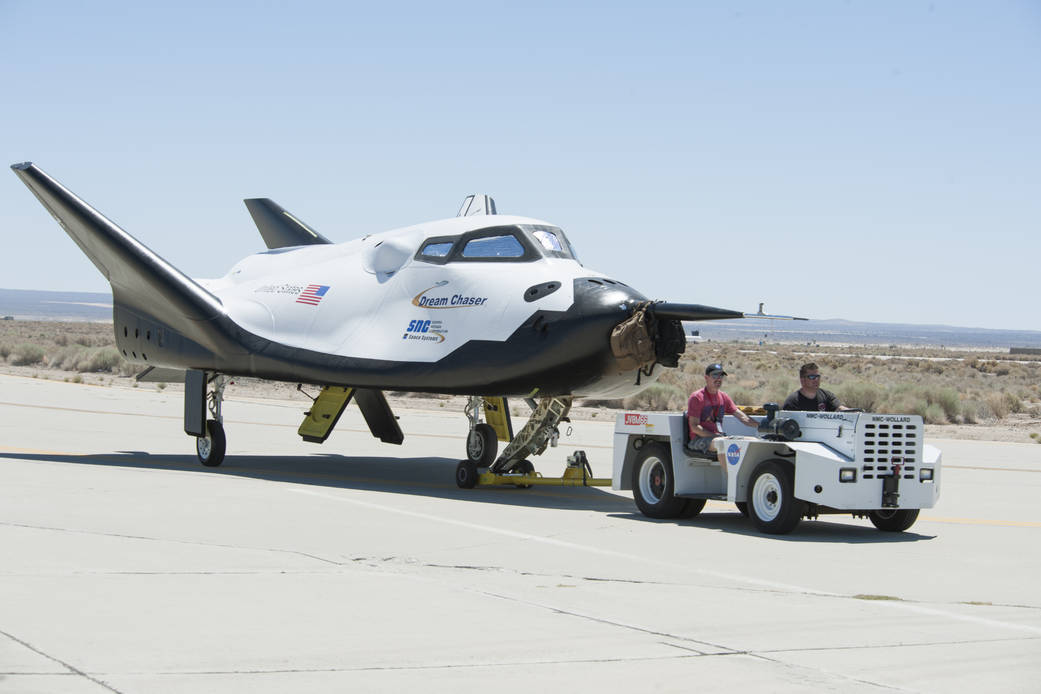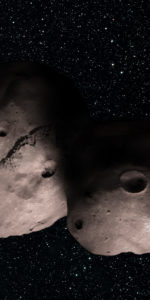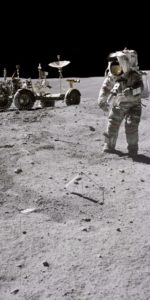
The engineering test article for Sierra Nevada Corporation’s (SNC) Dream Chaser ‘spaceplane’ flew its long-awaited second free flight test on Nov 11, 2017 over NASA’s Armstrong Flight Research Center, located at Edwards Air Force Base, CA.
The company currently holds a multi-billion dollar Commercial Resupply Services (CRS-2) program contract with NASA to fly at least six missions to resupply the International Space Station (ISS) from 2019-2024, but ultimately they have their eyes set on eventual crew missions, and their latest success just earned Dream Chaser a payout from NASA for passing milestone 4B under the space agency’s Commercial Crew Integrated Capability (CCiCAP) contract.
The milestone, “validated the spacecraft’s design for a safe and reliable return of cargo services to Earth through a gentle runway landing, signaling the program is one step closer to orbital operations,” says SNC.
“The test was a huge success and when we looked at the data we were thrilled to see how closely our flight performance projections matched the actual flight data,” said Steve Lindsey, vice president of SNC’s Space Exploration Systems business unit. “This gives us high confidence in our atmospheric flight performance as we move towards orbital operations.”
The test article will not only aid development of the orbital cargo vehicles to support NASA’s CRS-2 requirements, but will aid the development of a crewed version as well. Both cargo and crew variants share an 85 percent commonality, and the cargo-version can actually be made crew ready if NASA needed it.
Should NASA offer up another round of Commercial Crew contracts in 2020, SNC will put in a bid for their crew-version Dream Chaser.
SNC put their test article through its first free flight Approach and Landing test, ALT-1, at Armstrong over three years ago, and the test went about as good as SNC could have hoped for, until the command was given to deploy its landing gear. Only two of its three gear deployed, causing the vehicle to skid off the runway, sustaining minor structural damage.

Engineers hope to get everything they need out of the Phase Two flight test campaign currently underway, which acts as a bridge between previous work with NASA’s Commercial Crew Program and the latest vehicle currently under development for CRS missions.
“Achievements of this magnitude require the involvement and collaboration of many people,” said Mark Sirangelo, executive vice president for SNC’s Space Systems. “The Free-Flight test took place at the same historic location where the sound barrier was broken 70 years ago and where the Space Shuttle program began 40 years ago. With that historic legacy, I would like to extend our sincere appreciation to our whole flight team.”
“I want to especially thank NASA’s Armstrong Flight Research Center Director, David McBride, the entire Armstrong team, the U.S. Air Force, NASA’s Commercial Crew and CRS2 programs, and our industry partners, including Draper Laboratories, who helped design our flight software. Most importantly, I want to say how proud I am of the SNC Dream Chaser flight and program teams who have performed above and beyond to make the flight and milestone a success,” Sirangelo added.
The company hopes to launch their first operational Dream Chaser cargo mission to the ISS for NASA in the first half of 2019, atop a United Launch Alliance Atlas-V rocket.
.
FOLLOW AmericaSpace on Facebook!
.





